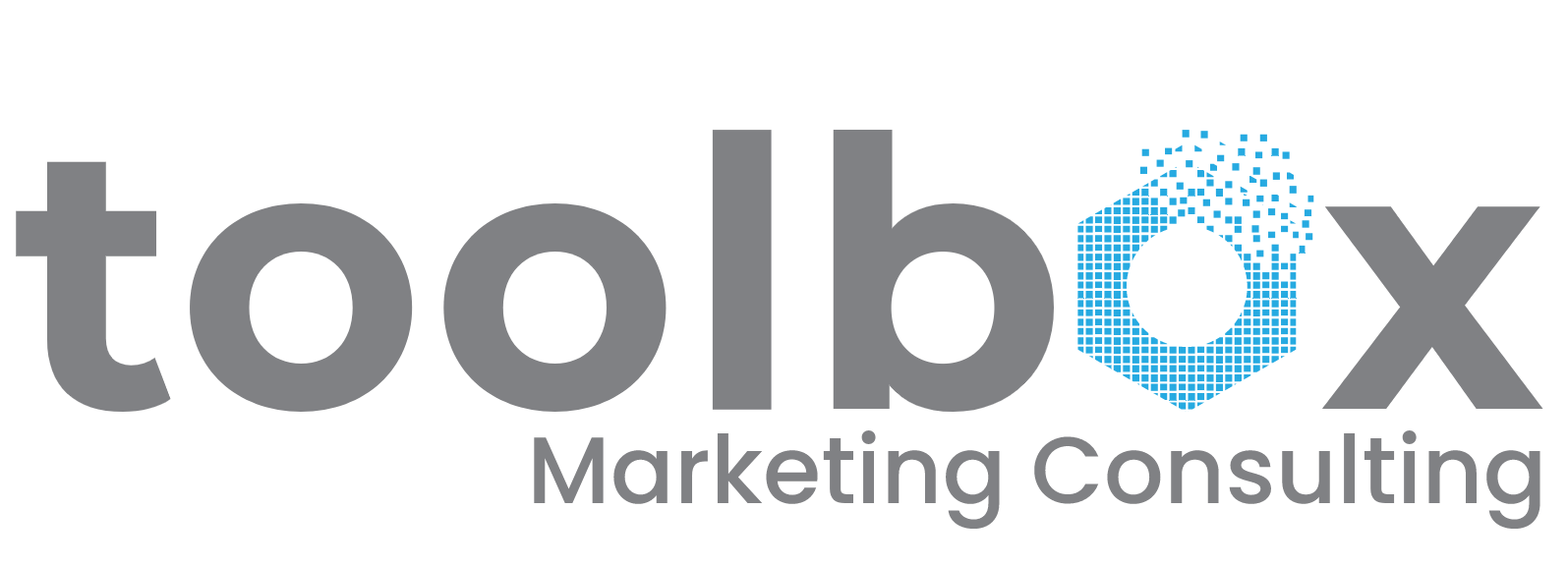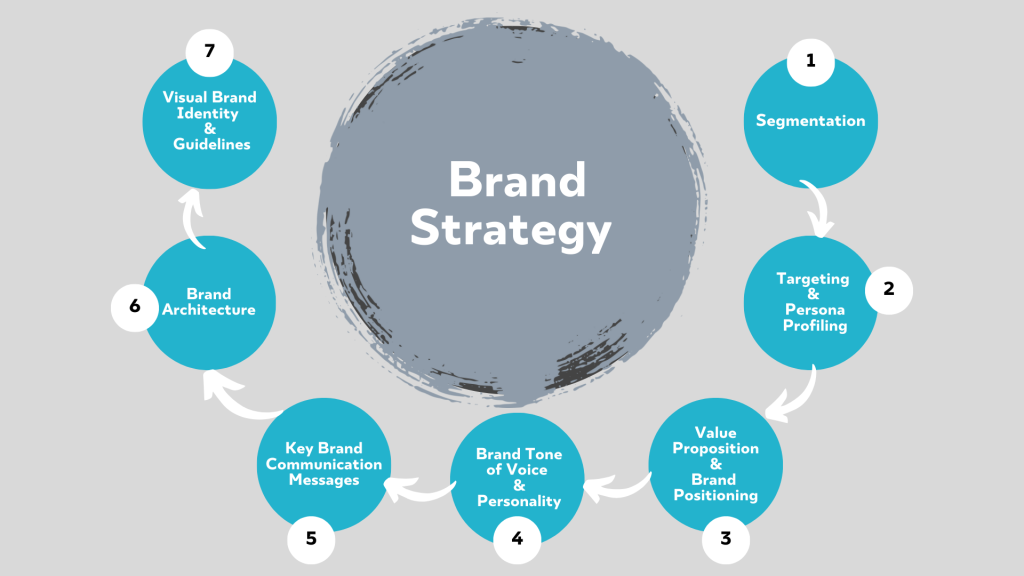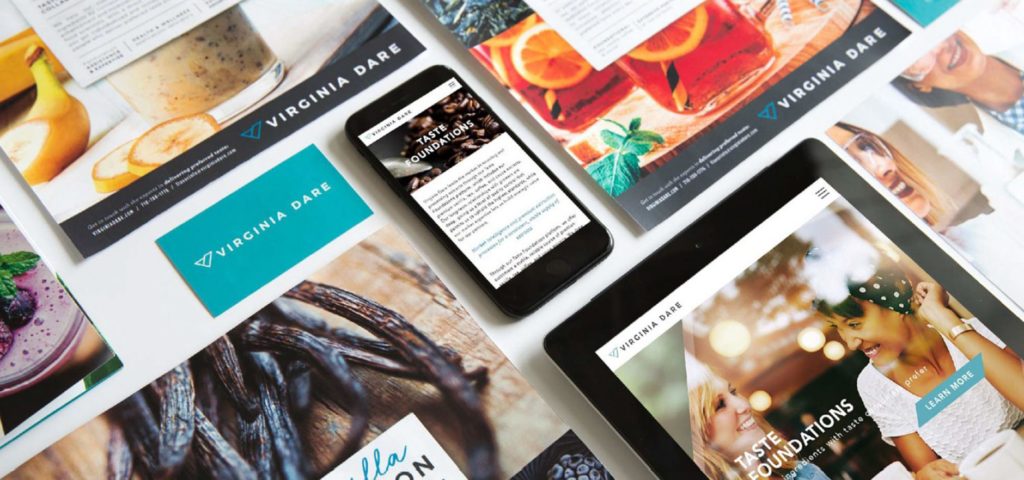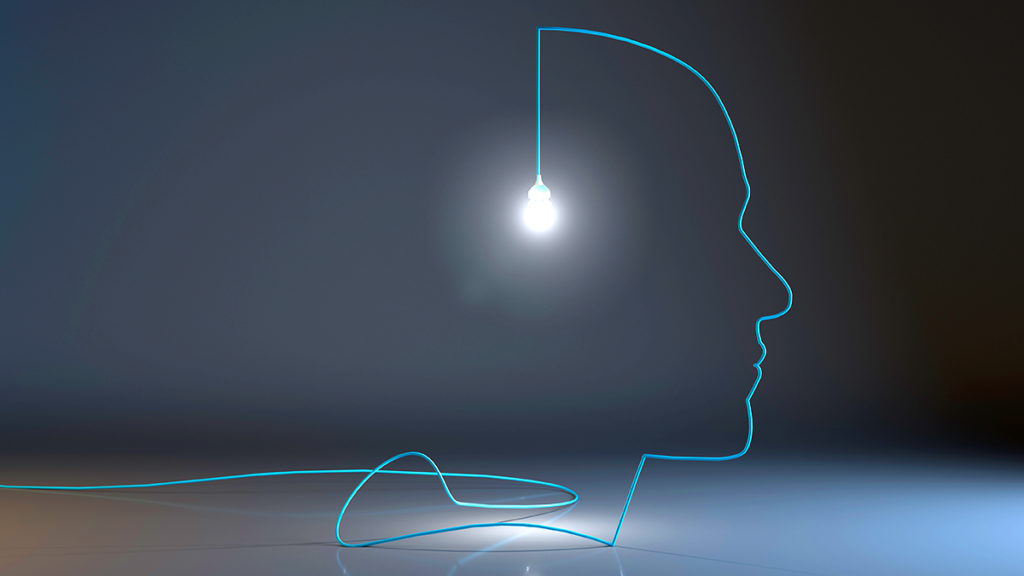Why the Future Will Be So Bright: Trends Affecting the Lighting Sector
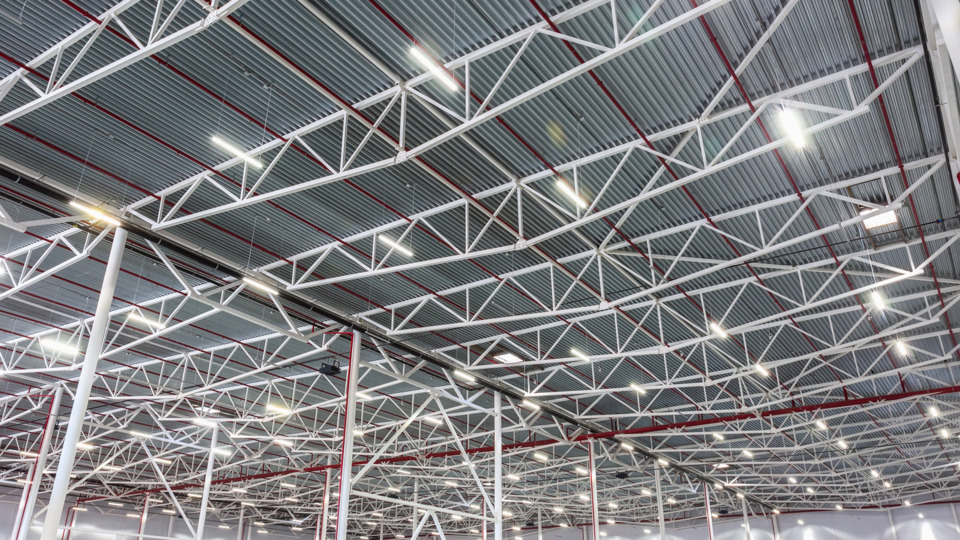
This year will be an exciting time for the lightning industry as it leverages the latest technology to innovate LED design, color, wavelength, energy efficiency and more. All indications point to healthy growth for the lighting industry in 2019 and the next few years.
Several factors are contributing to this growth, particularly demands for increased energy efficiency amid environmental concerns, and new “smart” technology embedded in lighting for use in homes, offices and cities. Some estimates expect the market for smart lighting products to grow at a compounded annual growth rate of 27 percent from 2017 to 2023.
In 2019, we can expect to see the convergence of technology and market demands push new innovation, design and color of LED lighting. As we look forward to a bright future, here are several trends that will affect the lighting sector over next year:
Increasing energy efficiency will continue to be important.
Efforts are continuing to increase energy efficiency, for example in flat panel lighting – to beyond 125 lumens/watt. However, customers are now increasingly demanding value. Hence $$/lumen will become a more important metric.
Soon all LED fixtures will become IoT-enabled.
Soon all LED light fixtures will be enabled for the Internet of Things (IoT). With IoT-enabled or “smart” fixtures, users will be able to turn on, turn up, dim or turn off lights using an app, whether they’re home (and using Alexa or Google Home) or away. This capability will soon become a must-have. We expect that over the next decade, all lighting will be digitally connected.
The form factor for LEDs will lead to new designs, profiles and applications.
Traditional lightbulbs offer limited variety of shapes and options; there wasn’t much thought put into the design of traditional incandescent and compact fluorescent lighting. They tend to be bulb shaped and either frosted or clear. But LED lights offer tremendous design flexibility and that’s become a key differentiator and has opened new ways of using lighting in commercial, public and residential spaces. Lighting design is moving toward slim profiles that are easy to retrofit and install. Previously, retrofitting required rewiring but LEDs provide more light and flexibility, and require less space, than traditional lighting.
Healthy lighting will become a necessary requirement in the workplace, schools, hospitals and other environments where alertness is a priority.
Consumers are becoming increasingly aware that light from smartphones and other devices as well as from LED fixtures can affect sleep patterns and long-term health. In fact, a number of studies have shown that having the optimal daytime light spectrum can increase human concentration, analytical ability and attentiveness; in other words, increase human productivity and decrease feelings of tiredness. Similarly, having the optimal nighttime light spectrum has been shown to prevent the suppression of melatonin, an important human body agent that prevents cancer. As a result, healthy lighting solutions (also known as biofriendly or human-centric) that can align with the body’s circadian rhythms will become increasingly mainstream.
Increasing awareness of the importance of the impact of the non-visual spectrum on human health will drive development efforts.
Researchers are now aware of another eye pigment, photosensitive retinal ganglion cells. The light absorbed by these cells is not perceived (not seen) but it does have a direct impact on biological or circadian rhythms. This means that any attempt to create healthy biofriendly lighting must address more than the just the visible color spectrum to create the desired biological effects. In fact, the industry will move away from traditional measures of healthy lighting (such as correlated color temperature) which only measure the visible light to newer measures that can evaluate the entire lighting spectrum.
authors
Satish Agrawal
CEO – Bambu Vault
